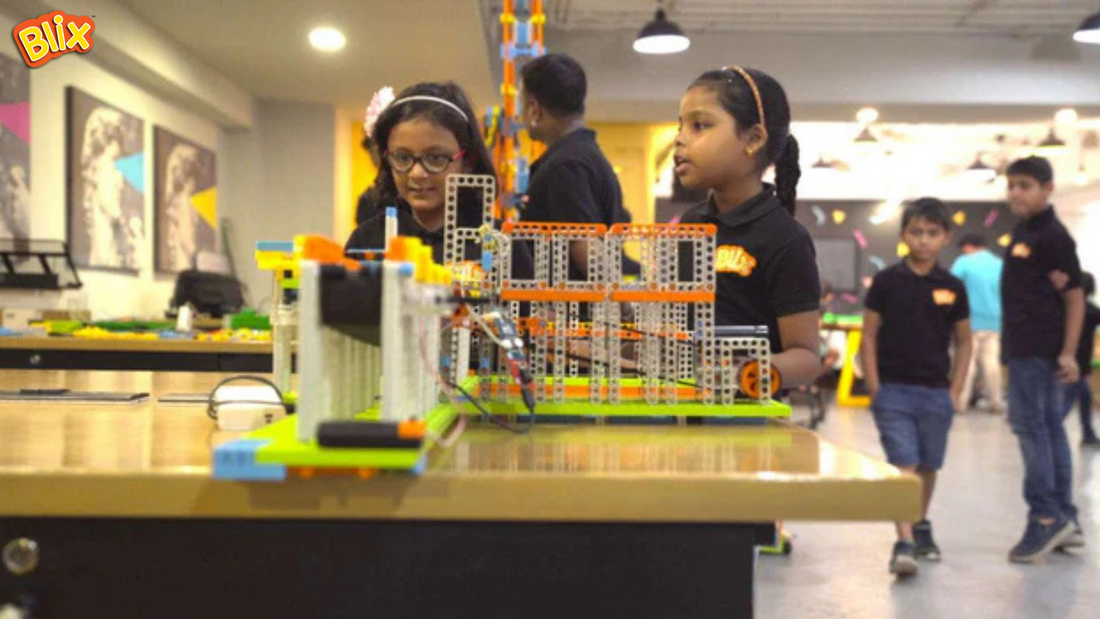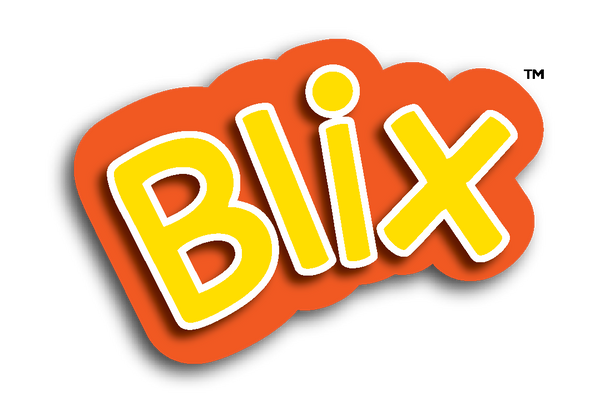
5 Simple Ways to Integrate STEAM Education in Primary School
Share

Primary school might seem too early a place to start teaching kids about STEAM. We mean, they’re just learning their ABCs and figuring out how to draw a decent stick figure! But the truth is that STEAM education in primary school is only going to help students succeed in the future.
So, what is STEAM Education ? It’s an acronym that stands for Science, Technology, Engineering, Art, and Math. The importance of STEAM education in early childhood has been proven as a great benefit to children’s development. The importance of STEAM in education starts with creativity, curiosity, critical thinking and problem-solving skills that are needed for the future.
Kids are naturally curious—they love to learn! Education is so much more than just memorizing facts and figures. It’s about teaching kids how to think critically and solve problems. That’s why STEAM education has been gaining popularity in recent years.
Children learn best when they’re able to apply their knowledge to real-world situations. When you teach them in a way that includes elements of Science, Technology, Engineering, Art, and Mathematics—all while applying these concepts to the world around them—you’re giving them the opportunity to learn in a whole new way. For too long, STEAM subjects have been taught in isolation from one another. But when you encourage kids to explore STEAM concepts together, they can use their skills across disciplines and develop a real-world understanding of how things work.
When it comes to learning the basics of STEAM in primary school, it doesn’t have to be a huge undertaking. There are plenty of simple ways that you can integrate STEAM concepts into everyday activities like an art class or recess (or even at home!). Here are five simple ways to integrate STEAM education in primary schools.
1. Incorporate Technology Into Your Lessons
Think about it: Your students are surrounded by technology all day every day. They probably have smartphones and computers at home and use them to have fun and stay connected with friends and family. If you teach social studies, try having your students look up information on a famous person online instead of having them read about it from a textbook. And if you teach reading or writing, you can use apps like voice memos or video chat tools to get your kids more engaged with their assignments!
2. Use Art
Art class can be a great time to get creative with science! Have your students experiment with mixing colours by combining different types of paint or food colouring—or try out some interesting new mediums like salt dough or bubble wrap painting. For older students, you could have them research the science behind their art supplies (think: what makes the paint dry faster? Or how do we get the desired colour)
3. Integrate Storytelling with Science
Indulging kids in stories to teach is one of the best ways to gain their attention. Storytelling can engage kids in conversations, when the teacher is telling them a story and when the kids are allowed to converse with them, not only does their productivity increase but they also develop creative thinking skills. The stories should be such a way that they provide a topic for the kids to converse amongst their peers too. One way to achieve this is by telling them open-ended stories where they are free to interpret the ending as they want. Stories can also be real-life examples where someone uses science to solve a problem or mathematics to come to a conclusion.
4. Introduce Concept-Based Learning
Concept-based learning is a method of teaching children concepts and conceptual understandings while also engaging them in the acquisition of knowledge and skills. This aids in the development of a three-dimensional educational programme with real depth, prompting pupils to raise questions such as “what would happen?” “so what?” “What if?” and so on.
Concept-based learning benefits from working with real-life examples and hands-on learning experiences. Concept-based learning and hands-on learning go hand in hand. Kids learn to ask questions, engage in intellectual debates, share ideas, understand the subject and the task at hand, and work as a team through various ways of learning. Instead of relying exclusively on what they learn from books, children learn through doing in order to develop greater comprehension of the subject.
5. Learning Through Play
Learning through play is vital since it is the earliest and most important introduction to the actual world for children. Teachers can make use of the fact that children are naturally interested beings to teach them a variety of subjects without boring them by teaching them through play. They learn teamwork, individuality, competition, communication, critical thinking, and a variety of other skills and attributes necessary for success in life. Learning through play provides a sense of adventure and inventiveness for the youngster. In this digital age, children are missing out on the numerous enjoyable activities that playing outside may provide. It can help children strengthen their gross motor skills, open up new worlds of possibilities, and introduce them to nature and the diversity it has to offer, all of which can help them develop a passion for nature.
Conclusion
With today’s technological advancements, it’s more crucial than ever for children to learn through the integration of arts and science. Kids learn better when they have hands-on experience and are given the opportunity to experiment with a variety of subjects. It allows students to connect with the subject and engage in physical effort, allowing them to improve. Blix Robotix is a STEAM education platform that ensures that every child has an equal opportunity to study, have fun, and enjoy the learning process. In this regard, Blix Robotix can assist children.. Blix offers toys for children aged 5 to 17 years old that encourage them to study in new ways and take chances in order to pursue their passions. learn more about Blix’s robotics toys.
